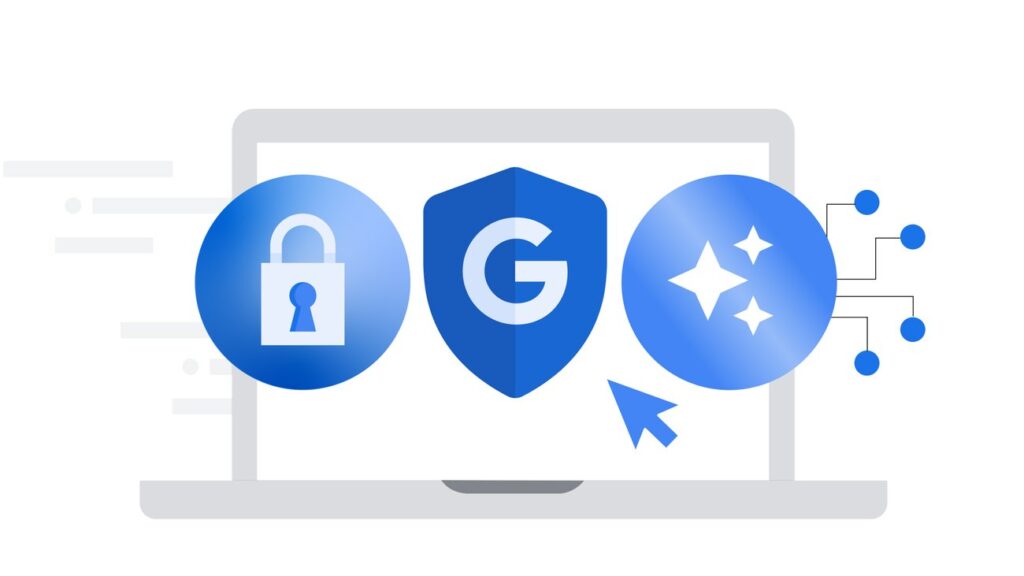Securing America’s Digital Future: The Role of AI in National Security
To safeguard national security, the United States must establish a strong foothold in the digital landscape. As our nation races to innovate in groundbreaking technologies like artificial intelligence (AI) and quantum computing, we’re also facing a concerning reality: daily reports reveal malicious cyber actors infiltrating vital American infrastructure, from telecommunications networks to energy grids and water facilities. Their intent? To hold our systems hostage and surveil our population.
This highlights a crucial point: today’s global conflicts are not limited to traditional battlefields but are increasingly staged and fought in the digital realm. This has led many to wonder, “Will cybercriminals take advantage of advanced tools like AI?”
According to a newly released report, while generative AI can indeed bolster and quicken attacks, bad actors have yet to use AI to create entirely novel attack methods. In simpler terms, our defenders are still ahead of the game—at least for now.
The Need for Collaboration
To maintain this lead, especially as powerful AI models become more prevalent and accessible, it is vital for American industries and government agencies to unite in fortifying our national and economic security. Here are three national security imperatives for thriving in the AI era:
1. Fostering Private-Sector Leadership in AI Technologies
American companies currently hold a narrow but pivotal edge in the global AI race, channeling hundreds of billions of dollars into research and development each year. To maintain this momentum, government support is essential. Strategic trade and export policies can empower American firms to outpace competitors, such as those in China, as they build and manage data centers and platforms that serve a global clientele.
2. Revamping Public Sector Technology Procurement
AI can significantly improve efficiency, reduce costs, and enhance security across federal and local government operations. However, urgent reform is needed within government procurement processes. Streamlining these outdated systems is crucial to enable the adoption of AI, cloud computing, and other transformative technologies. The newly established Department of Government Efficiency can spearhead modernization efforts that simultaneously reduce reliance on antiquated systems vulnerable to data breaches.
3. Enhancing Public-Private Collaboration for Cyber Defense
Incidents like the Salt Typhoon and Volt Typhoon breaches have underscored the importance of robust collaboration between private tech companies and government entities. To strengthen our cyber defenses and effectively disrupt threats, we must build on existing partnerships. This means institutionalizing operational collaboration, allowing both sectors to respond swiftly to emerging threats.
AI presents incredible opportunities for cybersecurity professionals. By developing and sharing best practices and using AI for red teaming—that is, simulating potential attacks to identify vulnerabilities—we can create more resilient infrastructures. Collaborative groups like the Coalition for Secure AI and the Frontier Model Forum can facilitate this essential work.
Conclusion: United for a Secure Future
America currently holds the lead in the AI domain, but this advantage could dwindle if we don’t act swiftly. By collaborating and leveraging our strengths, we can bolster our national security and pave the way for a safer digital future.
The AI Buzz Hub team is excited to see where these breakthroughs take us. Want to stay in the loop on all things AI? Subscribe to our newsletter or share this article with your fellow enthusiasts.




